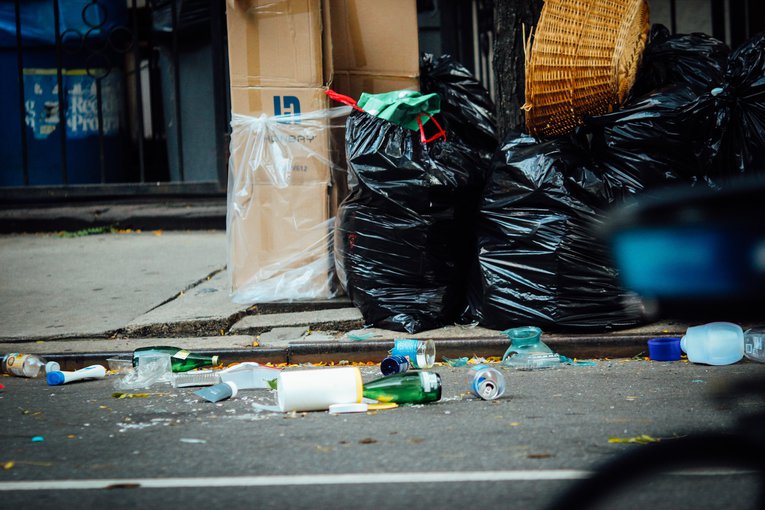
Marine Litter
1 minute read
Litter in our seas can cause harm to our marine environment in a number of ways. These teaching resources will help students explore and understand the impacts of litter on our seas.
Getting started
Be sure to read our getting started guide first. The guide tells you how our lessons have been designed to be used, and gives you a breakdown of the features included in each one.






